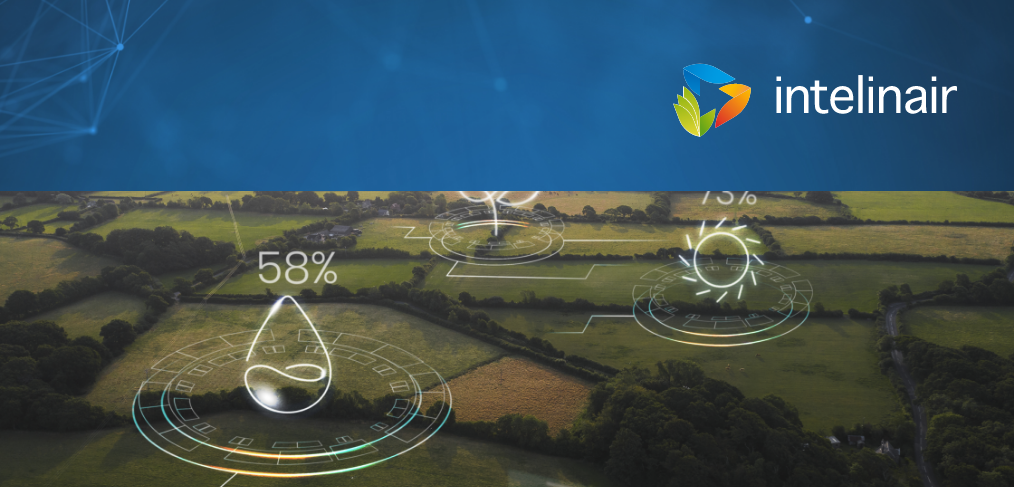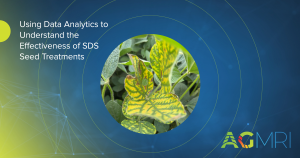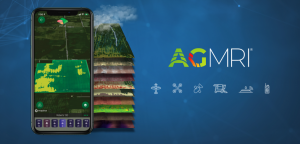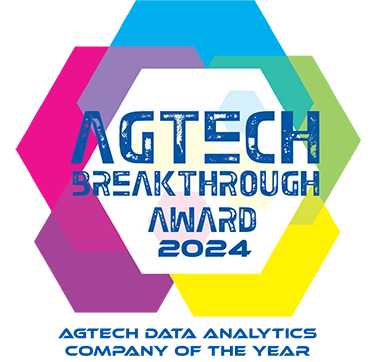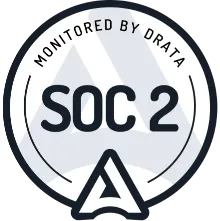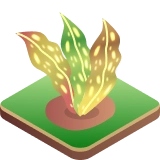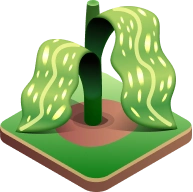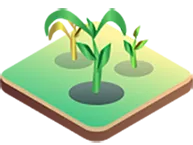 Tim Hassinger, President and CEO of Intelinair, attended the World Agri-Tech Innovation Summit in San Francisco on March 19-20. The World Agri-Tech meeting brings together more than 2,000 food and agribusiness leaders, growers, tech providers, and investors for this two-day event.
Tim Hassinger, President and CEO of Intelinair, attended the World Agri-Tech Innovation Summit in San Francisco on March 19-20. The World Agri-Tech meeting brings together more than 2,000 food and agribusiness leaders, growers, tech providers, and investors for this two-day event.
On Tuesday, March 19, host Mika Erberl, Head of AgroStart & Digital Officer of BASF, Marcos Botta, Co-Founder and CIO of ucrop.it and Tim Hassinger participated in the AgroStart BASF session “Driving Sustainable Agriculture with New Technologies: BASF AgroStart’s Collaborative Strategy with Innovation Partners.” Learn more about the session.
If interested in setting up a meeting with Tim during the event, send an email to media@intelinair.com.

Photo Credit: Tom Bennett of World Agri-Tech
About IntelinAir, Inc.
IntelinAir, Inc. provides whole-field insights all season long to farmers and ag retailers through its easy-to-use interactive platform, AGMRI. Through AGMRI Insights and AGMRI Analyze, Intelinair’s proven data analytics capabilities tracks every acre, every factor – emergence & population impacts, nutrient utilization, hybrid and variety performance, and even weather impact – for data-driven in season and postseason decision making and identifies sustainability opportunities. For more information, follow IntelinAir on LinkedIn, Facebook, Twitter, and Instagram, and visit intelinair.com.
®Trademark of IntelinAir, Inc.

